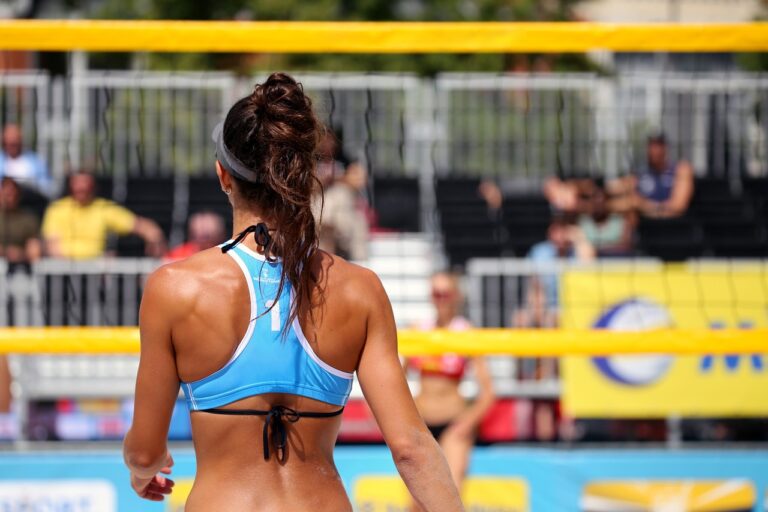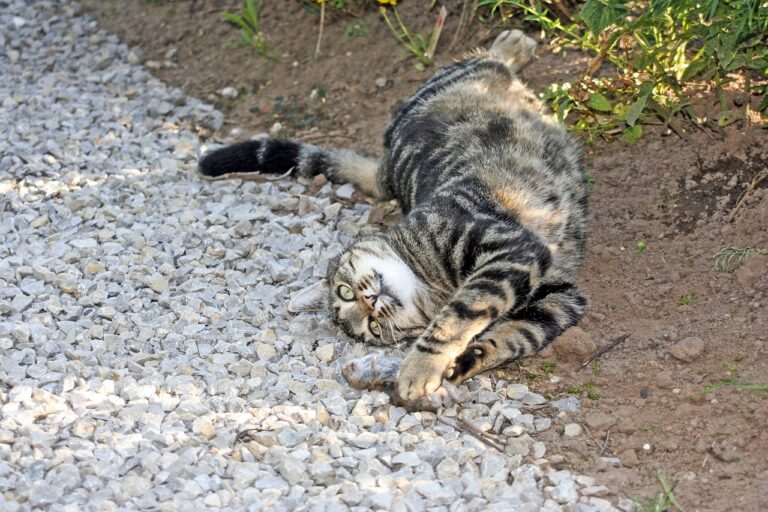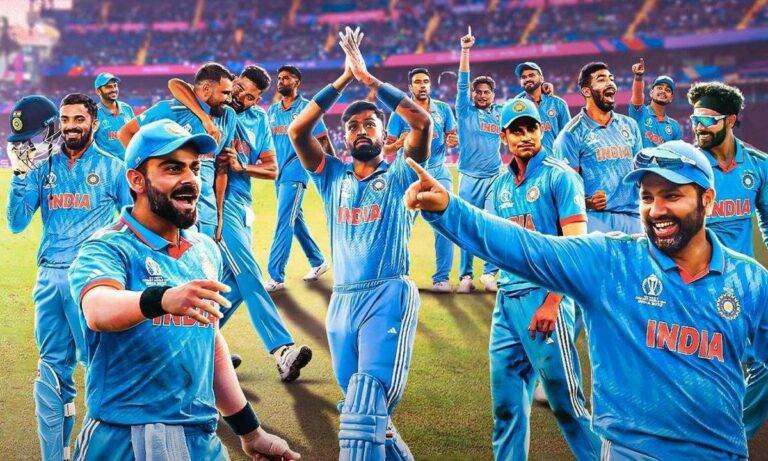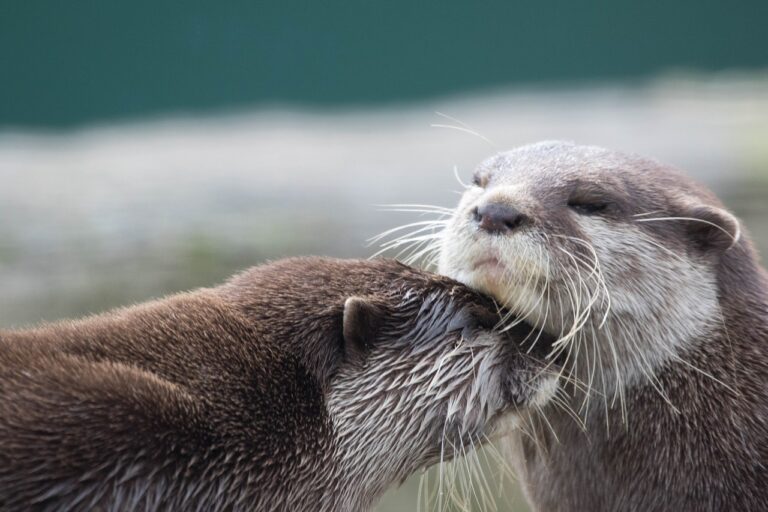Exploring Cricket’s Connection to Indigenous Cultures
Playinexch, Reddy Book Club: Cricket is often touted as a sport that transcends boundaries and brings people together from all walks of life. But what many may not realize is the deep connection the game has with indigenous cultures around the world. From Australia to the Caribbean, indigenous communities have embraced cricket and made their mark on the sport in unique ways.
Australia: The Connection Runs Deep
In Australia, cricket has long been intertwined with indigenous culture. The first recorded cricket match involving indigenous players took place in 1867, and since then, the sport has played a significant role in bringing communities together. The annual National Indigenous Cricket Championships showcase the talents of indigenous cricketers from across the country and provide a platform for them to shine on the national stage.
The Caribbean: A Legacy of Greatness
In the Caribbean, cricket is more than just a sportits a way of life. The West Indies cricket team, with its rich history of success, has been a source of pride for many in the region. Indigenous communities in countries like Jamaica and Trinidad and Tobago have produced some of the games greatest players, who have gone on to represent their countries at the highest level.
New Zealand: Embracing Maori Culture
In New Zealand, cricket has embraced Maori culture in various ways. The Haka, a traditional Maori war dance, has been performed by the New Zealand cricket team before matches, symbolizing unity and strength. Maori players like Jesse Ryder and Ross Taylor have made significant contributions to the game, showcasing the talent and skill of indigenous cricketers.
Canada: Embracing Diversity
Cricket in Canada has seen a rise in popularity among indigenous communities in recent years. The All Nations Cricket Tournament, held annually in Ontario, brings together indigenous teams from across the country to compete and celebrate their shared love for the game. This event serves as a testament to the growth of cricket within indigenous communities in Canada.
South Africa: A Story of Resilience
In South Africa, cricket has played a crucial role in breaking down barriers and promoting unity among different racial and ethnic groups. The story of players like Makhaya Ntini, the first black African cricketer to represent South Africa, highlights the power of the sport to inspire generations and bring about social change.
America: A Growing Interest
In the United States, cricket is gaining popularity among indigenous communities, with initiatives like the Native American Cricket Festivals helping to promote the sport and foster a sense of unity among participants. As cricket continues to grow in the country, more indigenous players are getting involved and making their mark on the game.
Conclusion
Crickets connection to indigenous cultures is a testament to the power of the sport to bring people together, celebrate diversity, and inspire future generations. From Australia to the Caribbean, indigenous communities have made significant contributions to the game and continue to shape its rich history. As cricket continues to evolve, it is essential to recognize and honor the role that indigenous cultures play in its enduring appeal.
FAQs
Q: How has cricket impacted indigenous communities around the world?
A: Cricket has provided indigenous communities with a platform to showcase their talent, promote unity, and celebrate their cultural heritage.
Q: What are some initiatives aimed at promoting cricket within indigenous communities?
A: Events like the National Indigenous Cricket Championships in Australia and the Native American Cricket Festivals in the United States are aimed at promoting the sport within indigenous communities and fostering a sense of unity.
Q: How can cricket continue to embrace and celebrate indigenous cultures?
A: By providing opportunities for indigenous players to participate and excel in the sport, recognizing the contributions of indigenous communities to crickets history, and promoting diversity and inclusion within the game.







